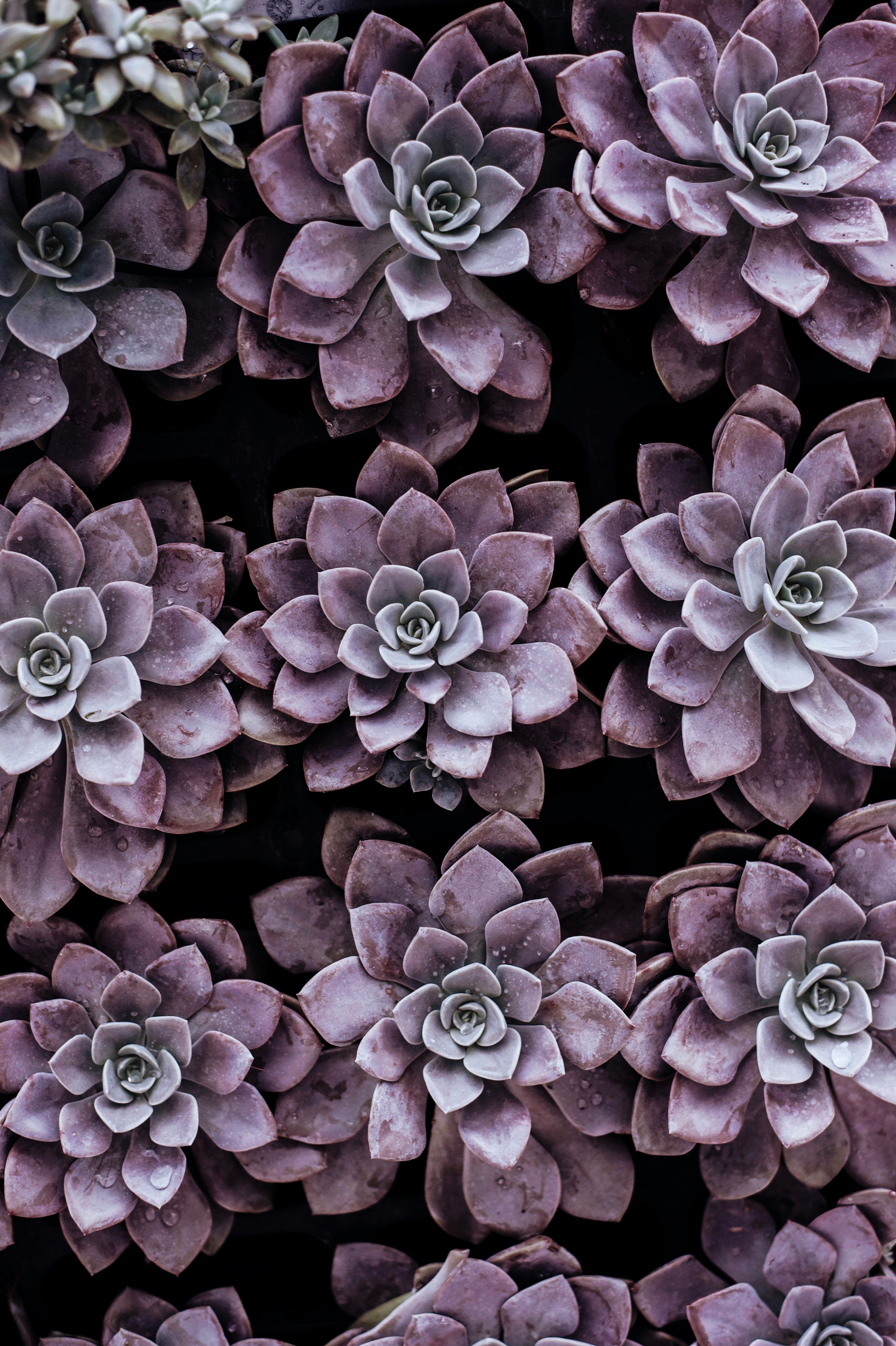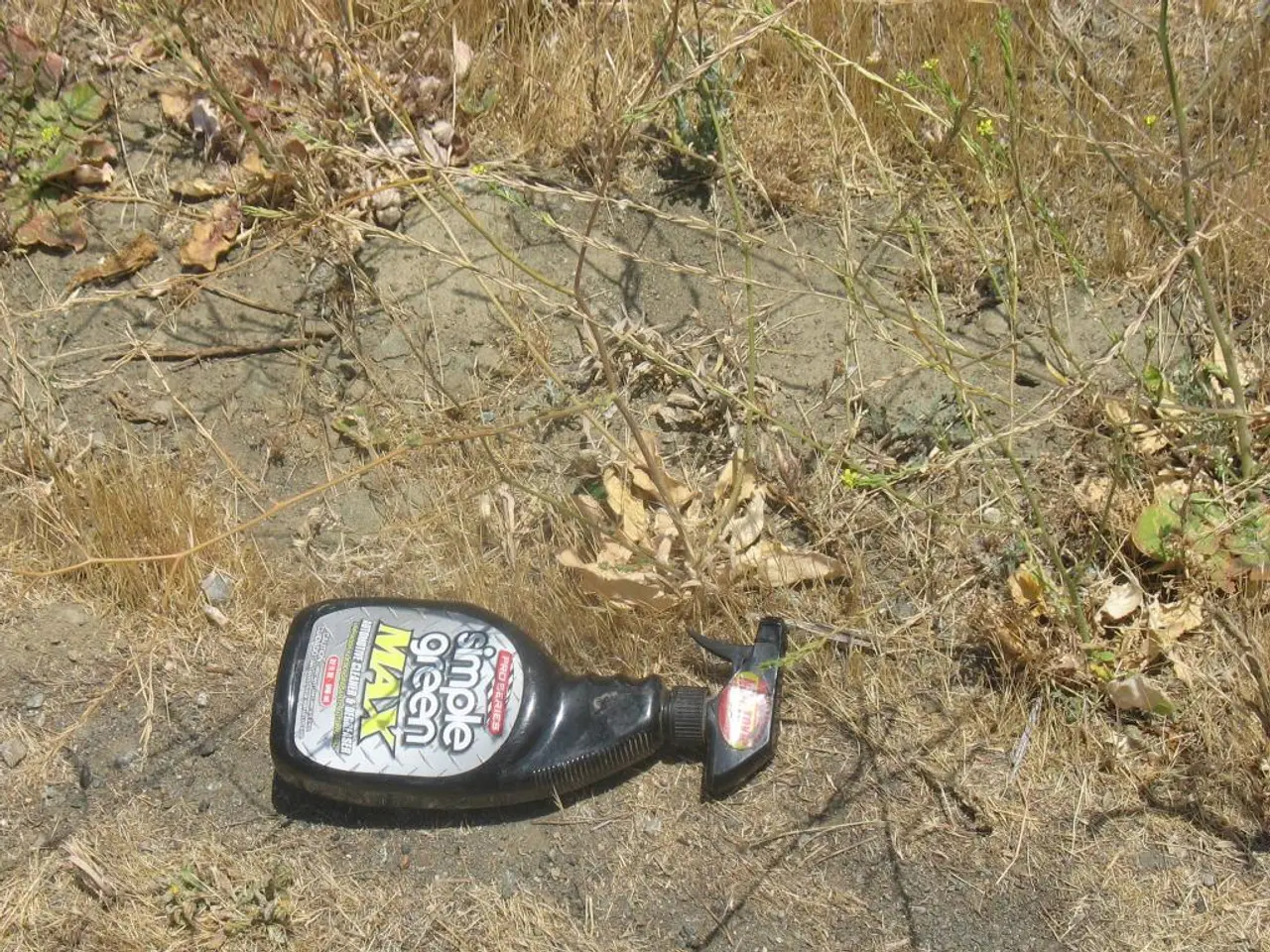Nurturing Amaryllis: A Guide for Successful Growth
Amaryllis, known botanically as Hippeastrum, are a popular choice for indoor gardens during winter and early spring. These vibrant blooms, which take between six to eight weeks to flower, can last for at least 20 years with proper care. The ideal time to plant an amaryllis bulb is from mid- to late-September, with the first flowers typically appearing by Christmas.
Cultivating an Amaryllis Bulb
Newly purchased amaryllis bulbs often arrive dehydrated,with small roots. To stimulate growth, immerse the bulb in lukewarm water for a few hours, then transfer it to a pot filled with free-draining cactus compost. Plant the bulb so that its top 20% is positioned above the soil line.
Amaryllis Care
Watering
Amaryllis require thorough watering, allowing the soil to dry out completely in between waterings. When the compost feels dry or the pot feels light, water the plant by submerging the pot in water until it drains from the bottom. Avoid allowing the pot to sit in standing water, as this could lead to rot.
Light
Amaryllis thrive in ample sunlight, with a sunny windowsill away from radiators being ideal. Flowering times may be reduced in dimly lit environments.
Compost and Fertilizers
Like succulents, amaryllis store a significant amount of water in their stems. Use a peat-free, cactus compost to prevent over-watering, which can lead to root rot. Feed the plant every fourth watering with a liquid houseplant feed throughout the year. In the second year, switch to a high potash feed to promote flowering.
Temperature and Humidity
Average room temperatures and humidity are sufficient for amaryllis growth. Avoid placing the plant near radiators, as excessive heat can dry out the environment. Move the amaryllis to a cooler spot after flowering, such as a partially sunny windowsill or outdoors, where temperatures stay between 12oC and 19°C. This encourages the bulb to enter dormancy and produces more flowers the following winter.
Pruning and Staking
Pruning is essential to maintain the amaryllis's appearance. Remove broken leaves by cutting 2.5cm above the bulb's tip, prune yellow or brown leaves from the base, and trim the base of the flower stalk when it becomes floppy. Cut only around 5cm above the tip of the bulb to avoid accidentally removing foliage or the bulb itself. When flowers begin to fade, remove the flower stalk, but leave the leaves in place for at least three months.
If the foliage begins to droop, use a thin cane to support the plant, and grow the following year on a cooler windowsill to prevent the stems from becoming too long and top-heavy.
Repotting and Propagation
Amaryllis can thrive in the same pot for at least four years. Repot in the spring or summer when the plant is dormant, using a pot only a few centimeters wider than the original one and filled with free-draining cactus compost. To repot, carefully remove the rootball from the original pot, loosen a few root strands, add 2.5cm of fresh compost, and place the rootball on top, ensuring the bulb remains at the correct depth. Water thoroughly, allowing the excess to drain, and replant the mother bulb in the original pot if necessary.
Propagating an amaryllis involves separating offsets, or bulbils, that develop at the bulb's side. These bulbils can be separated when the plant is dormant and replanted in a 10cm pot filled with peat-free, cactus compost. It may take up to three years for the propagated bulb to bloom.
Common Issues
- Red leaves indicate the plant is receiving too much sunlight; move it to a shadier location.
- Snapped leaves may simply be damaged or slightly dehydrated. Cut off the damaged portion to improve plant appearance and increase watering if necessary.
- Aphids can appear on the flowers if the bulb blooms in spring. Although they typically do not cause significant harm, it is best to remove them to prevent spread to other houseplants.
- A rotten bulb indicates over-watering; once affected, the bulb cannot be saved.
- A softened bulb may be a result of either over-watering or under-watering, depending on your watering habits. Inspect the sides of the bulb for any brown, rotten areas and discard the plant if there is a puncture wound. If no damaged areas are found, replant the bulb in its original pot and maintain a dry-between-waterings schedule.
Toxicity
Amaryllis are toxic to both humans and pets when ingested, especially the bulbs. Symptoms may include vomiting, diarrhea, and tremors. Consult a doctor or veterinarian if you, your children, or pets have ingested amaryllis bulbs.
Buying Amaryllis
When buying amaryllis, select a range of different flower colors for continuous displays throughout the season. Consider specialized nurseries for a larger selection of bulbs or research online retailers and garden centers for discounts and free shipping. Choose healthy, firm bulbs with no signs of mold or damage.
Varieties to Grow
Several attractive amaryllis varieties are available for cultivation:
- Amaryllis 'Royal Velvet': produces deep scarlet, velvety flowers with a height of around 50cm.
- Amaryllis 'Green Goddess': a smaller, delicate variety with lily-like flowers featuring an apple green center.
- Amaryllis 'Chico': features striking, spidery flowers with green and fuchsia coloring.
- Amaryllis 'Mont Blanc': boasts large, pure white blooms with a lustrous lime-green center.
- Amaryllis 'Tosca': offers deep red trumpeted flowers on tall stems.
- Amaryllis 'Fairytale': a smaller variety with white and red striped petals.
- Amaryllis 'Emerald': showcases white-green, delicately frilled petals with red margins.
- Amaryllis 'Clown': features striking red and white striped blossoms.
- Amaryllis 'Hippeastrum papilio': offers red and white-veined flowers held on multiple stems.
- Amaryllis 'Red Lion': produces large, deep red flowers on height of up to 60cm.
- Amaryllis 'Amputo': is recognized for its sweet scent and pink-tinged, delicate petals.
- Amaryllis 'Apple Blossom': offers pink-tinted petals, resembling lilies.
- Amaryllis 'Sumatra': presents the distinctive slender petals of cybister amaryllis varieties.
- Amaryllis 'Alfresco': is a beautiful double variety with pure white flowers and apple-green throats.
- Amaryllis 'Exotic Star': features raspberry-colored veins.
- Amaryllis 'Black Pearl': produces deep maroon colored flowers with a silky appearance.
[1] - https://www.independent.co.uk/arts-entertainment/garden/houseplants/how-to-grow-amaryllis-hippeastrum-flowers-indoor-hot-house-christmas-new-year-blooms-a8994046.html
[2] - https://www.thespruce.com/amaryllis-care-1810391
Style and Home Improvement
Incorporating an Amaryllis bulb into your home-and-garden designs can bring a touch of vibrant charm to your indoor gardening lifestyle. By following our care instructions, you'll be able to nurture these striking flowers for years to come as they contribute to the overall aesthetic of your indoor sanctuary.
Gardening Solutions
For garden enthusiasts seeking to expand their green thumb, growing Amaryllis plants offers an exciting opportunity to cultivate a diverse range of colors and varieties within the home garden setting.








